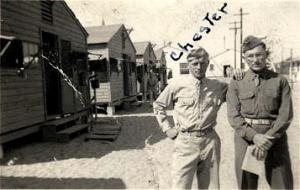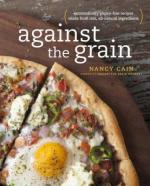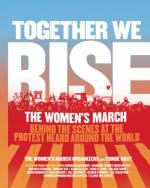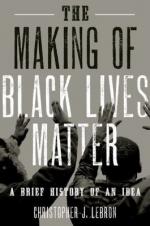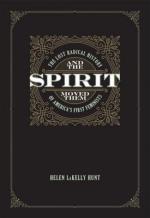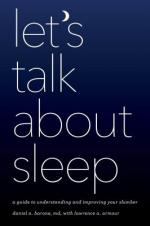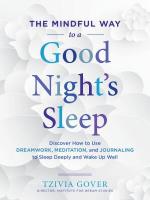Sensory Snacks: A Healthy Twist on Summer Snacks
Making healthy choices can be a challenge all year round and sugary, carb-laden summer treats can be hard to resist. The library is the place to help your family achieve your best and healthiest summer ever by offering a family-friendly Sensory Snackfest! Join us in the Community Room to create your own healthy, homemade and wholesome snacks from our Snackfest stations: nut-free, gluten-free trail mix, rainbow healthful fruit kebabs, and super nutritious s’mores. We’ll take these classic summer snacks and give them a healthy twist without losing the fun. The library is where you can get your Snackfest fix! All ages and abilities are welcome; no registration required.
Upcoming sessions
There are no upcoming sessions available.
